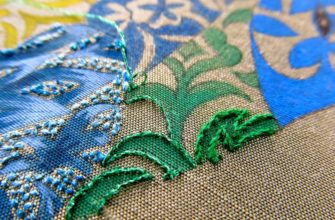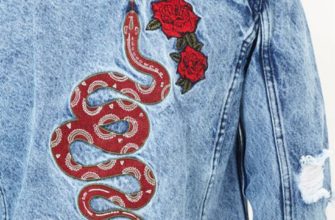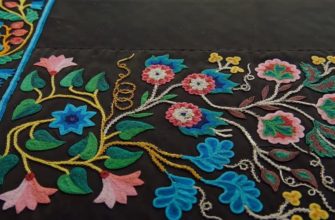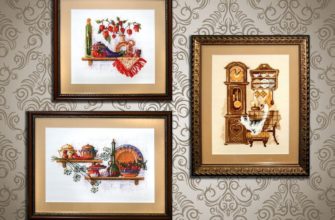The passion for embroidery, which was a cultural tradition of the peoples inhabiting the vast expanses of Russia, gradually faded away. Relatively recently, it began to gain momentum again, but this is not due to an increase in the level of culture, but to the popularization of all kinds of hobbies. According to many people, a person must do something: collect items, knit, craft, embroider. This not only gives inspiration, but also frees the head from bad thoughts. The most popular style of cross stitching. It is ideal for beginners and even small children. This material will show simple cross stitch patterns: easy, but beautiful, and also tell why you should choose this style for embroidery.
Techniques and methods
The cross stitch is one of the simplest stitches. Even a child can master it. It is not for nothing that girls are introduced to this type of needlework first in school labor classes. For children, embroidery is not only an exciting pastime, but also a hobby that helps develop artistic taste, cultivates accuracy and perseverance. There are several techniques by which they learn to embroider:
- classic or English technique. The essence lies in the sequential execution of each cross separately;
- Danish technique. Slightly different from the previous one, as it is based on making a row of lower stitches from left to right, and then going in the opposite direction. This fills the same row, but with upper stitches, forming crosses;
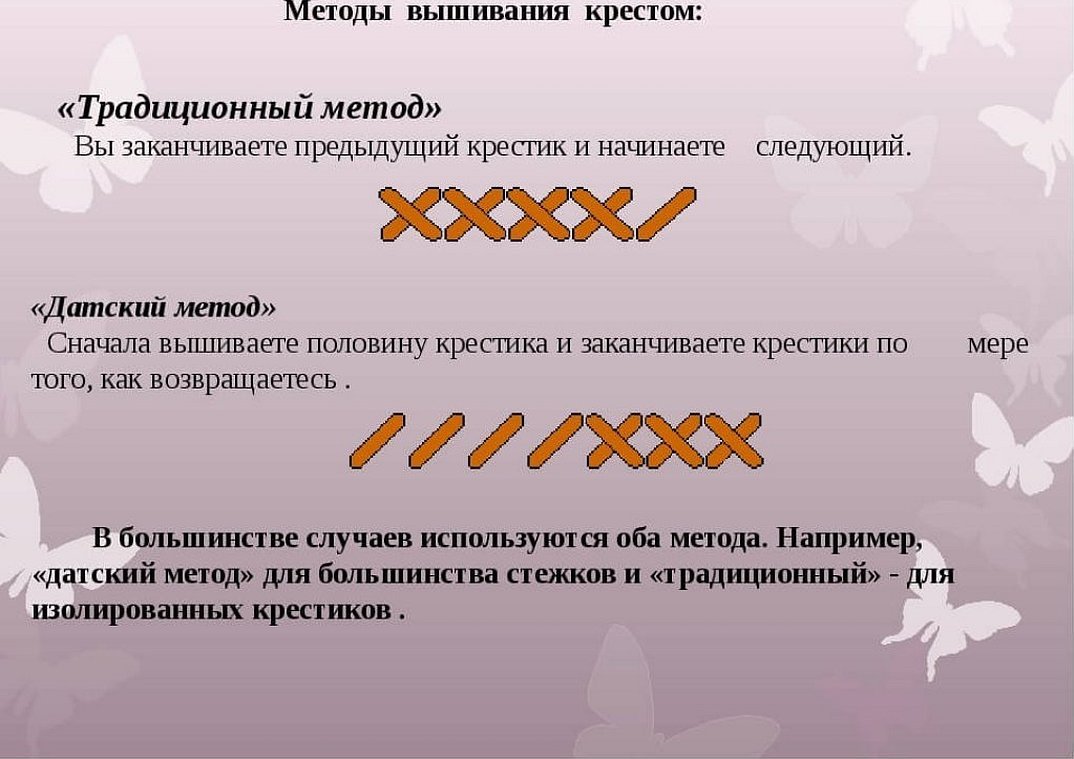
- simple diagonal. Embroidery is done with stitches from the bottom up, alternating lower and upper, and then in the reverse order - from top to bottom;
- vertically. The embroidery starts from the top. First, diagonal stitches are made downwards. When everything is ready, you can start moving upwards, finishing the crosses with the upper loops.
Important! In any case, the techniques involve using two threads that lie on top of each other diagonally. This means that there is nothing complicated about cross stitching.
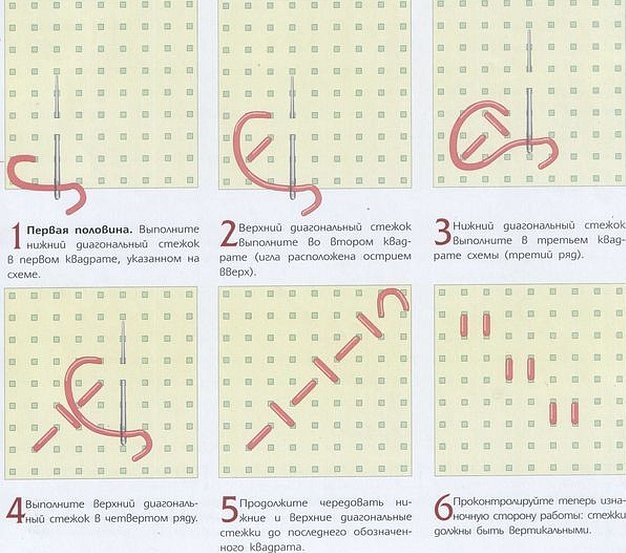
Basic types of stitches for cross stitching
There are three types of stitches used in classic cross stitching: the cross itself, half-cross and tapestry stitch. If the first one is clear, then it is necessary to understand the other types. Half-cross is half of a cross. It is most often used to embroider the background or other elements located behind the main object. You can also embroider the entire picture if there is not enough thread for a full stitch.
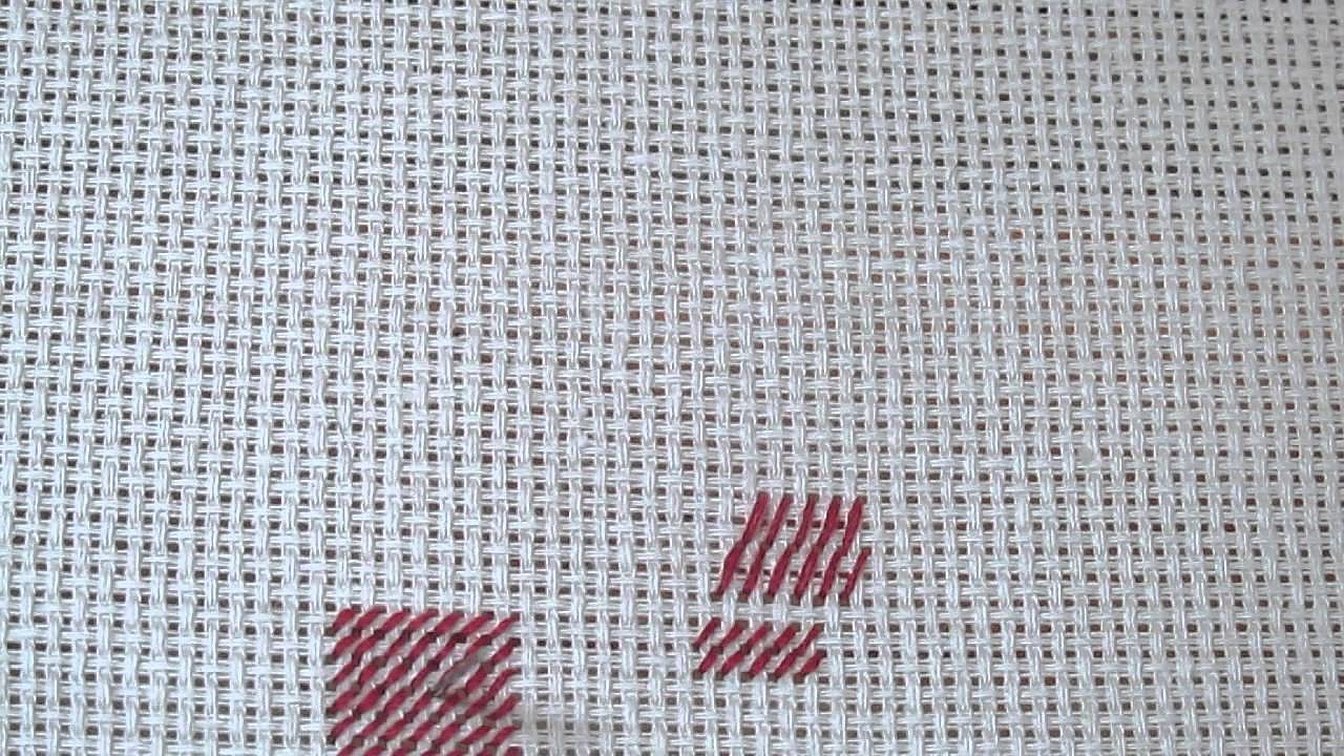
The tapestry type is very similar to the half-cross from the front side, but differs in its back execution. The stitch is embroidered in rows: in a vertical or horizontal position.
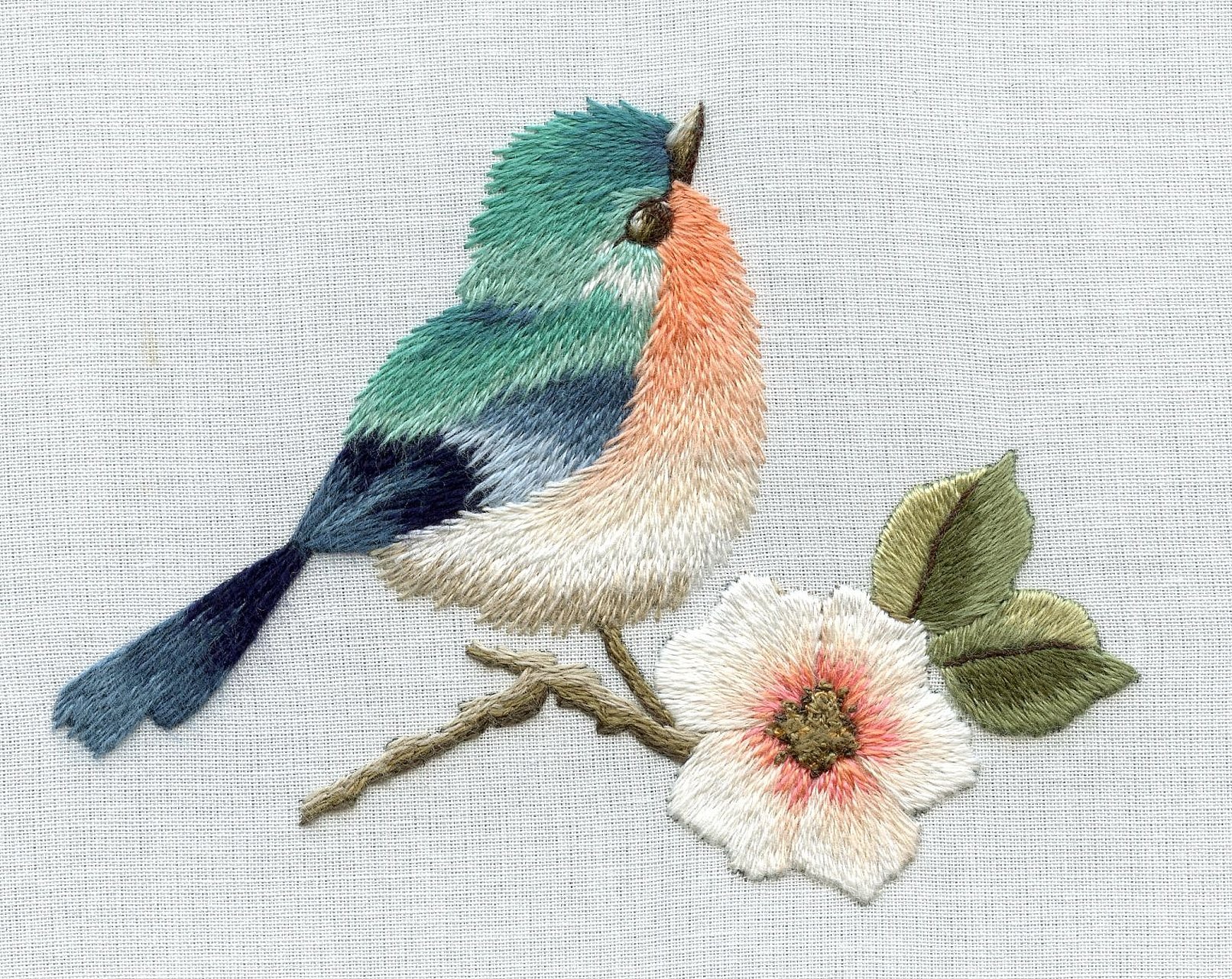
Embroidery kits: main advantages
Today, any beginner needlewoman can purchase an embroidery kit. Such a set allows you to start working faster thanks to ready-made patterns, instructions, tools, and threads of the appropriate quality and color that it contains.
Important! Embroidery kits are divided into several types. Some are ideal for beginners, while others are for professionals.
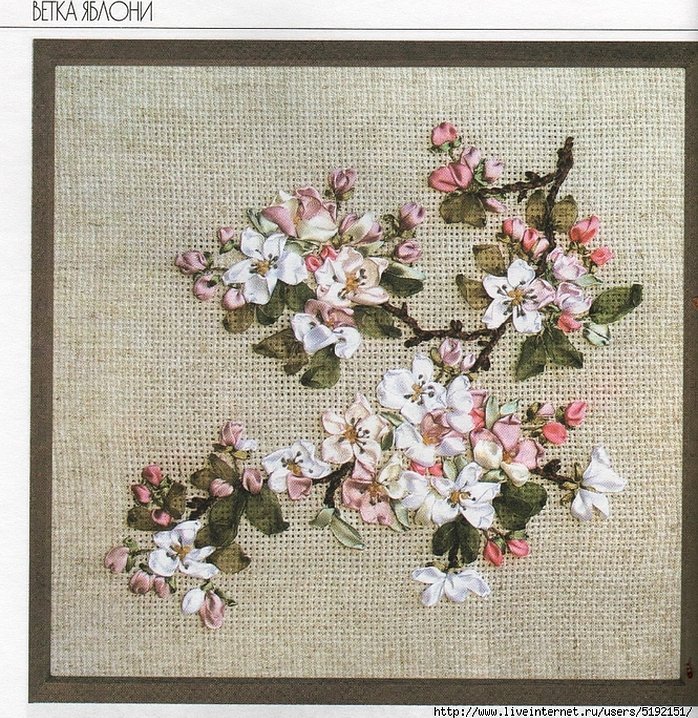
Embroidery kits, regardless of their type, often include:
- the scheme according to which the drawing will be created;
- threads of certain colors (usually floss);
- needles of appropriate sizes;
- canvas – the fabric on which the embroidery will take place.
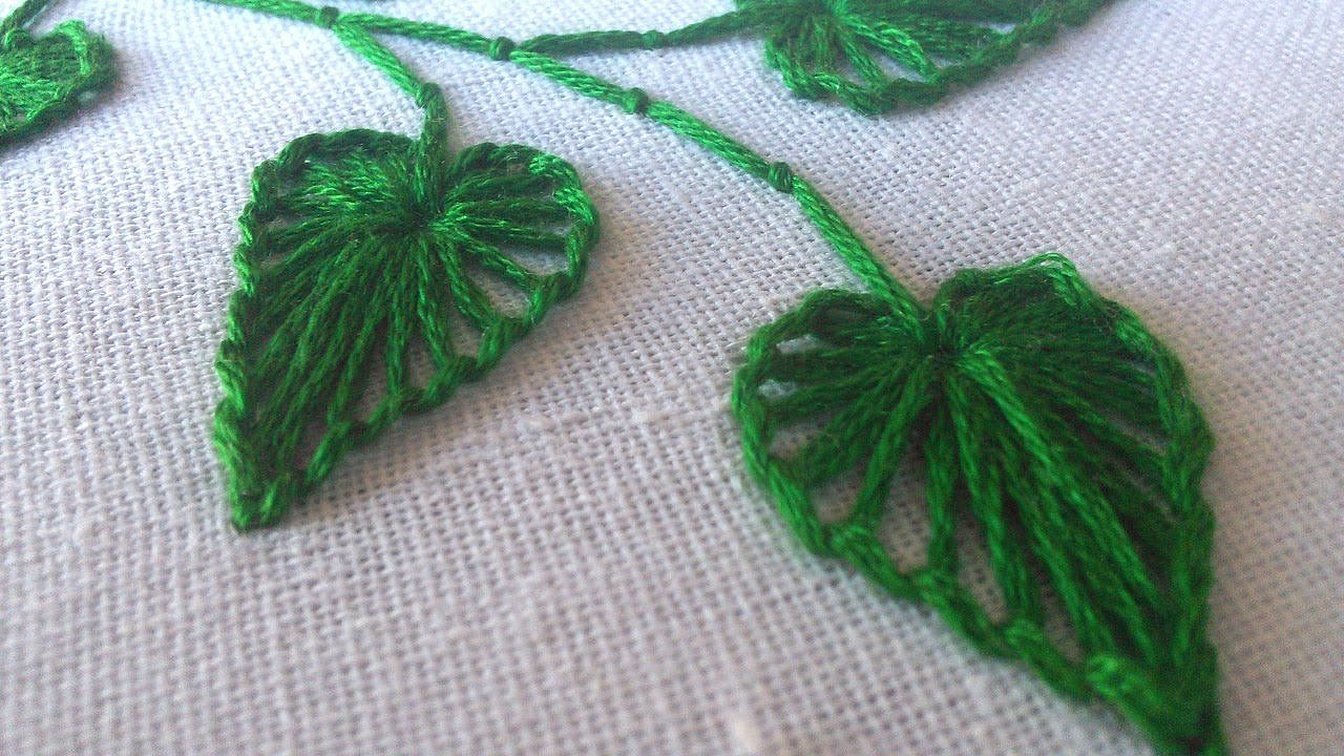
The patterns in the set can be not only colored, but also monochrome. Inexperienced amateurs are advised to choose small and the simplest patterns of one color. This will help to better master the technique of applying crosses. You can always consult with a qualified seller.

Materials needed for cross stitching
Before you start embroidering, you need to decide on the design that you want to end up with. To do this, you should get a pattern, and not embroider at random. Fortunately, there are a huge number of patterns on the Internet for beginners, average craftsmen and real professionals. There are both paid and free options, both colored and plain. You can create a pattern yourself in a special program for large paintings or manually on a notebook sheet for small items.
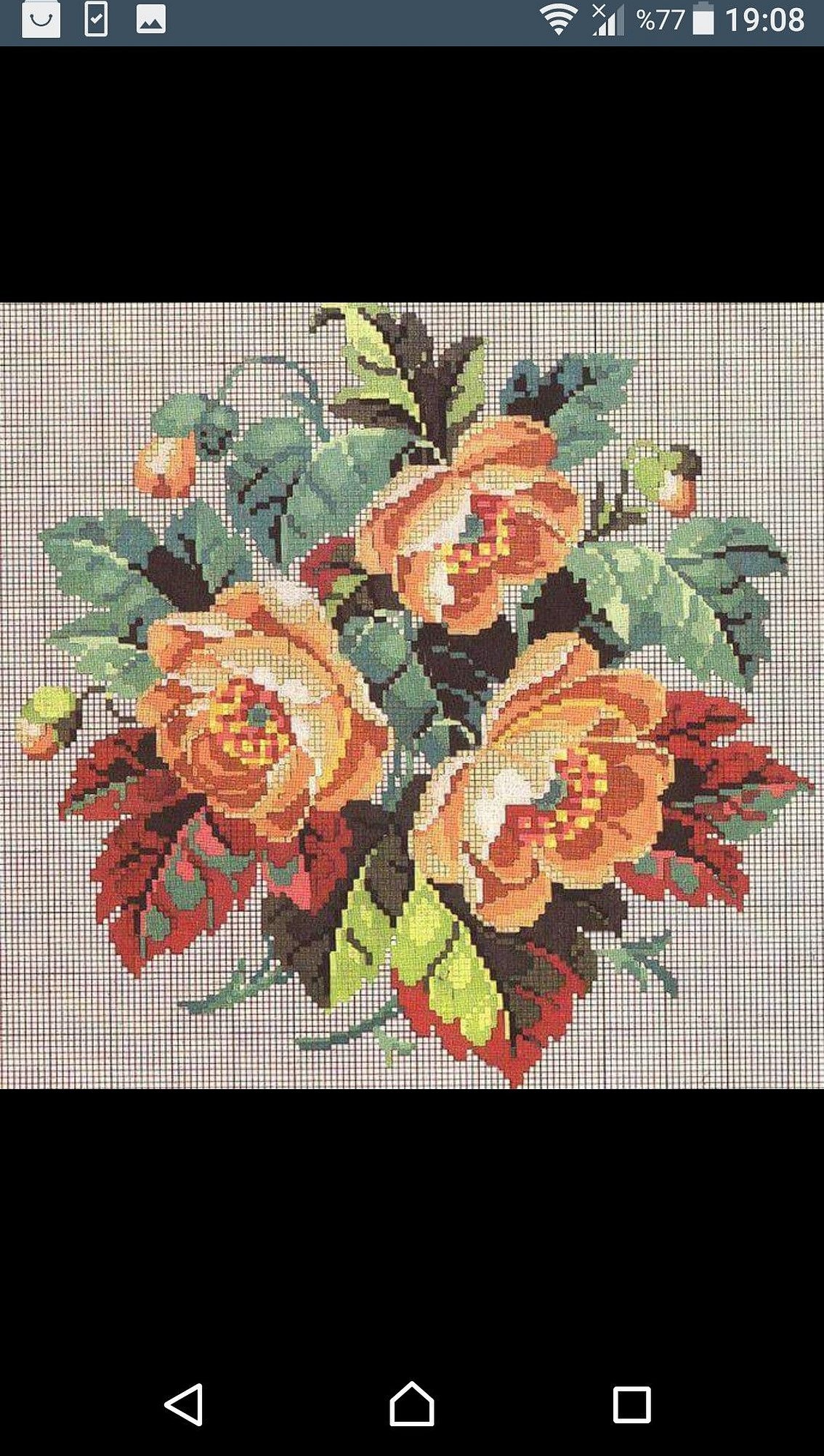
As already mentioned, everything is simplified to the maximum these days. This also applies to embroidery, for which many kits are available. They not only save a significant amount of time spent searching for threads, materials and tools, but also allow you to master certain techniques more quickly and get into the work.

If you choose all the necessary things yourself, you need to stock up on a minimum set:
- canvas;
- with floss threads;
- hoop;
- with needles;
- with scissors;
- embroidery pattern.
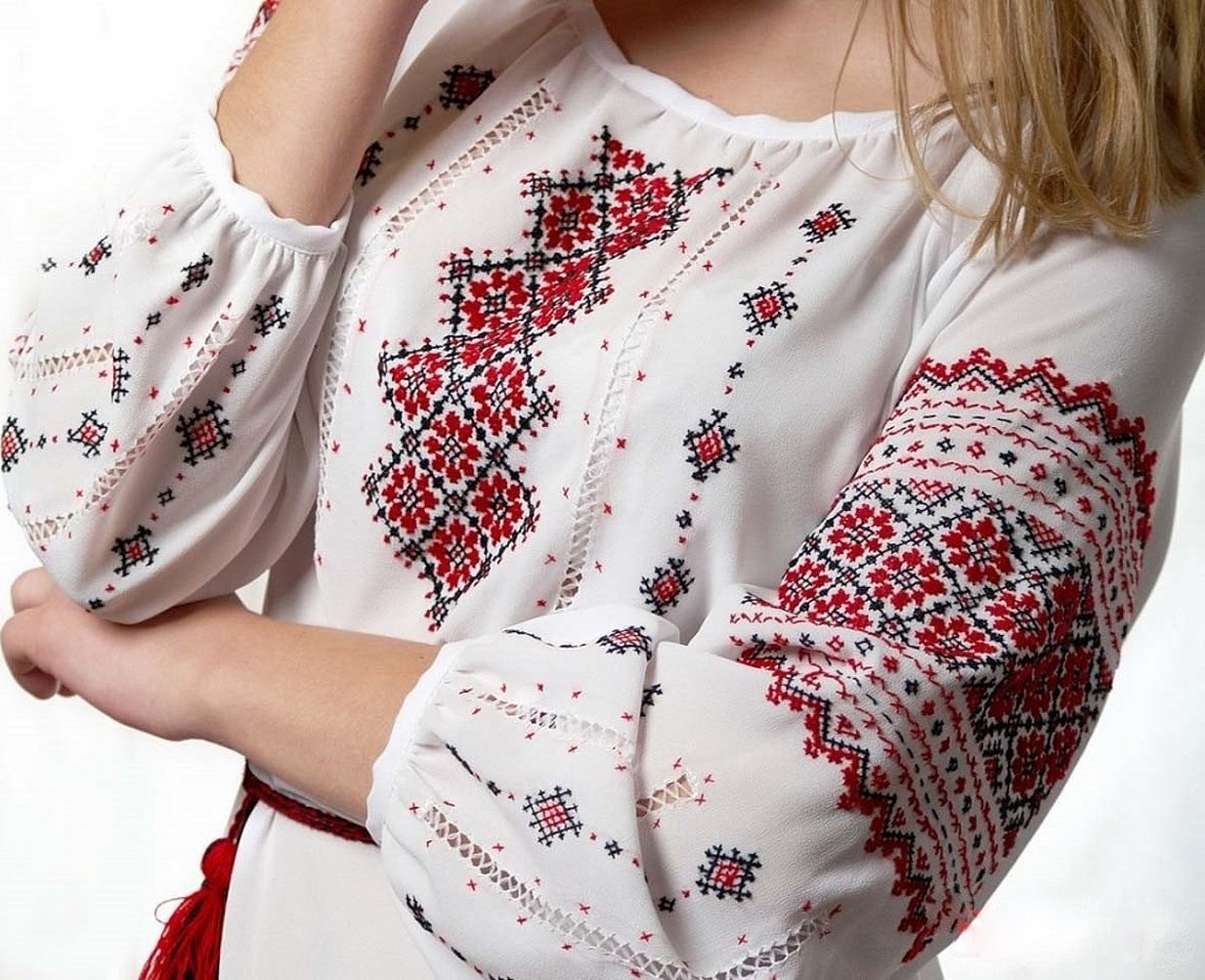
The most important thing is the threads. It is recommended to use cotton floss. This material is characterized by increased wear and tear resistance. In addition, such threads:
- do not fade when rubbed;
- withstand prolonged washing at high temperatures;
- are wear-resistant due to the composition of 6 thin fibers that are combined into one structure;
- do not fade over time.
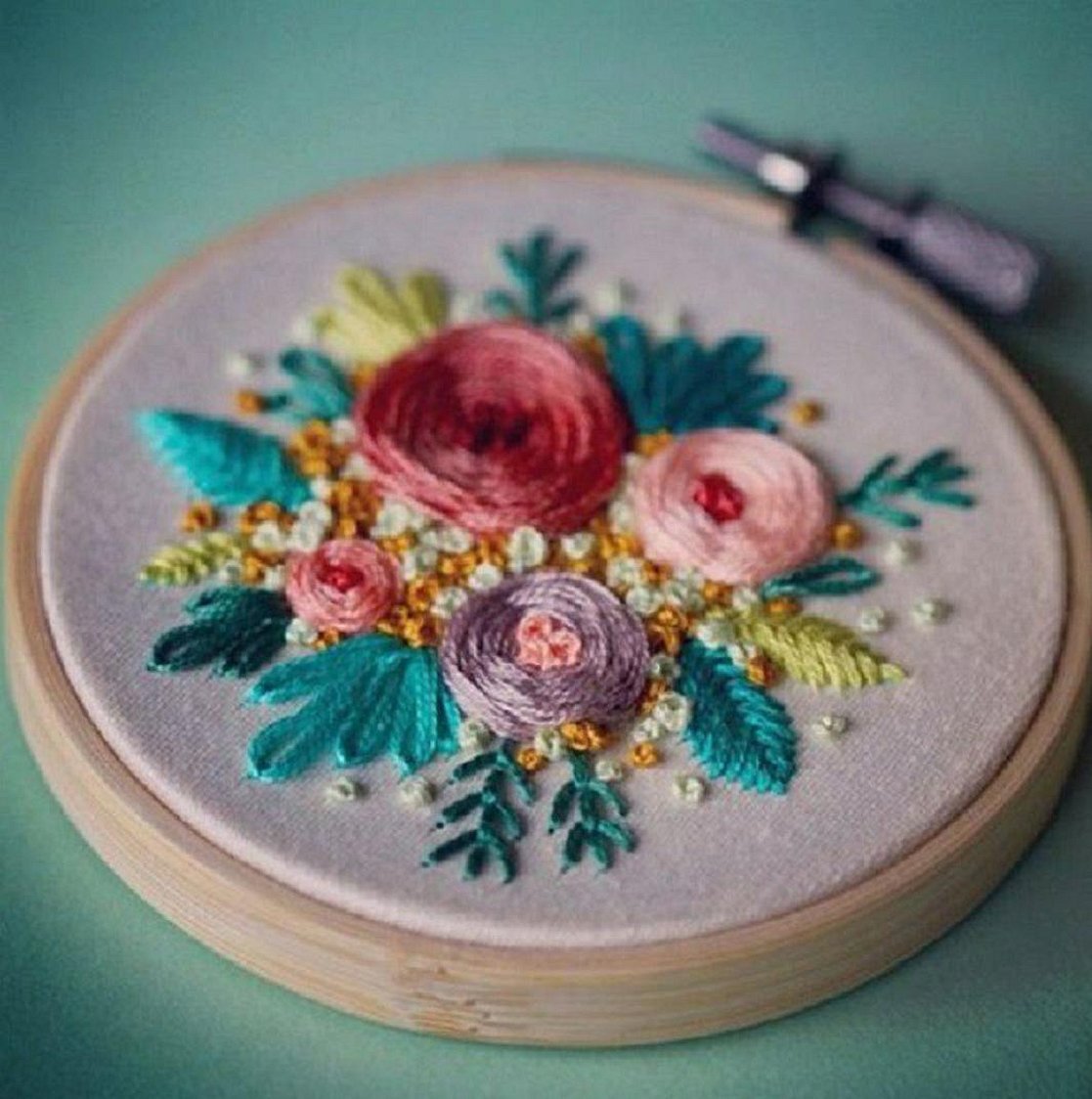
Tools
In addition to materials, you need to prepare some tools. These include needles, hoops, a pincushion, a thimble, a ruler, and different types of scissors. It is worth describing the purpose of some of them in more detail.
A pincushion will prevent needles from getting lost and will always be at hand. This is a less traumatic and convenient way to store them. As for the needles themselves, choosing them is quite difficult. Each type of fabric requires its own tool size.
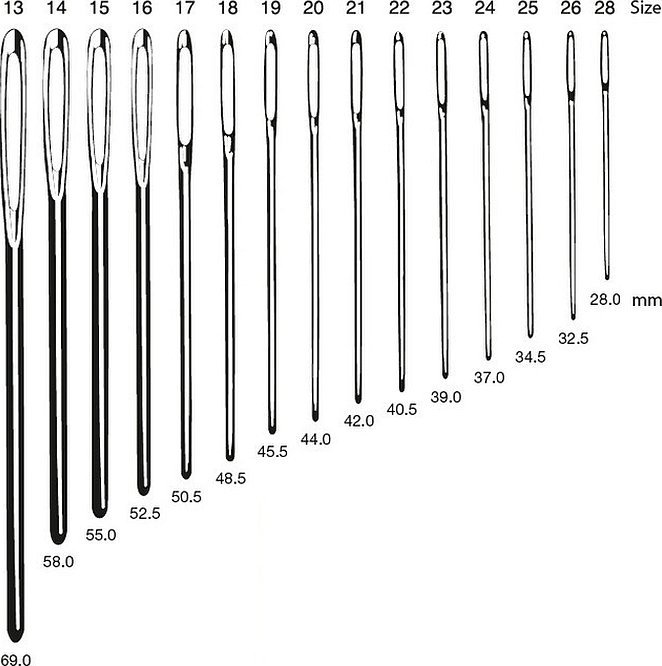
The thinner and lighter the material, the smaller and thinner the needle needed. So, for wool or knitted fabrics, the largest possible tool is needed.
Hoops are needed to prevent the fabric from bunching up during embroidery. They have been used since the very beginning of this craft.
For your information! The highest quality ones will be wooden ones, as they do not damage the material and hold it more securely than plastic counterparts.
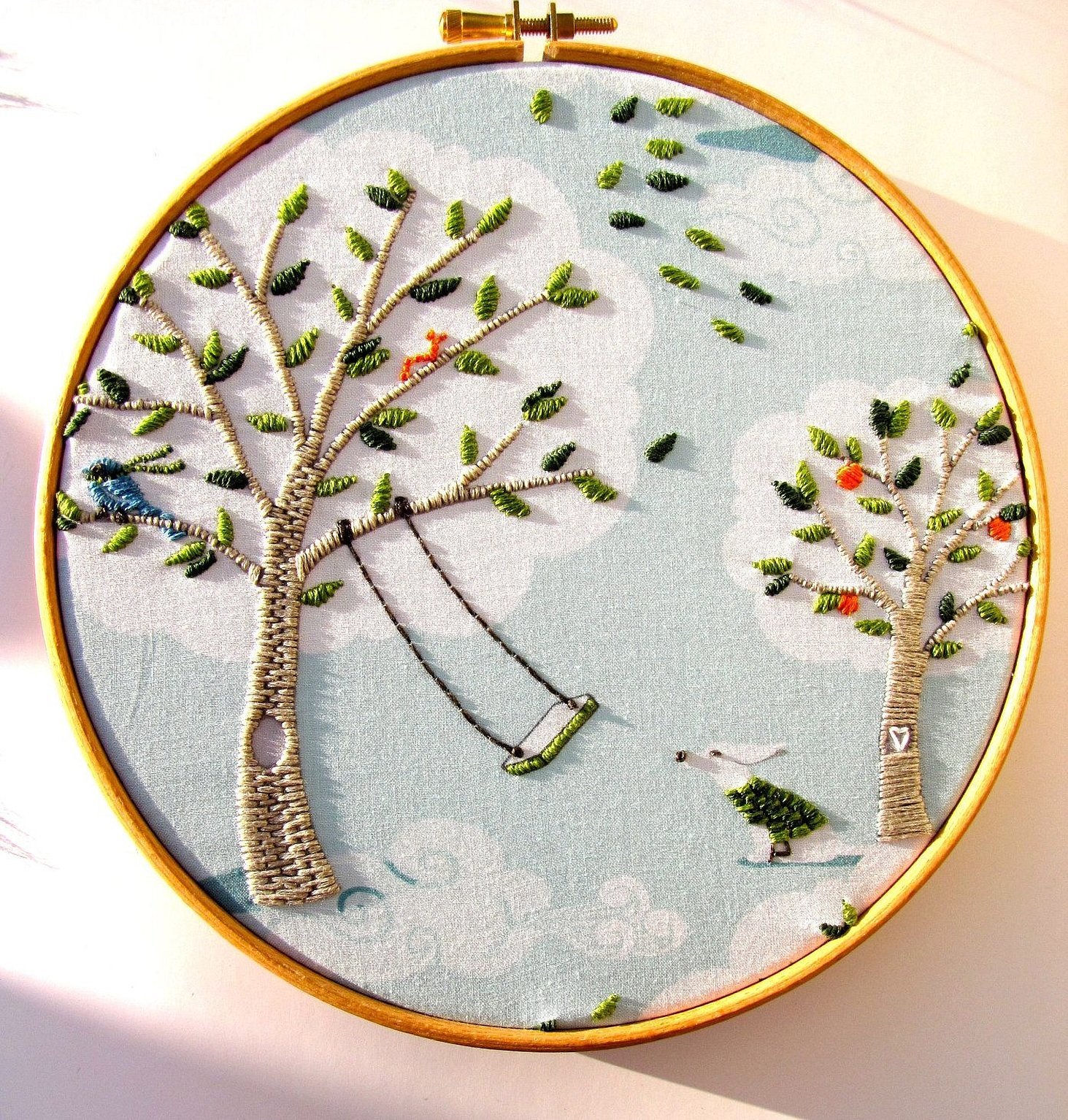
Despite the fact that it is recommended to choose floss-type threads, many professionals do not disdain metallic options (lurex), Persian yarn or fine wool. All of them go well with each other and can be used for flat or volumetric embroidery.
Cross Stitch Patterns for Beginners: Easy and Small
For those who are just starting their journey in embroidery, there are various selections of simple and small patterns. They can help beginners understand the essence of the process, master all its techniques and methods of creating stitches. It is recommended to start using patterns for several colors with a simple design.
Important! All threads must lie in one direction. This is the main rule of creating stitches. That is why before starting the process, a specific technique is chosen and followed to the end.
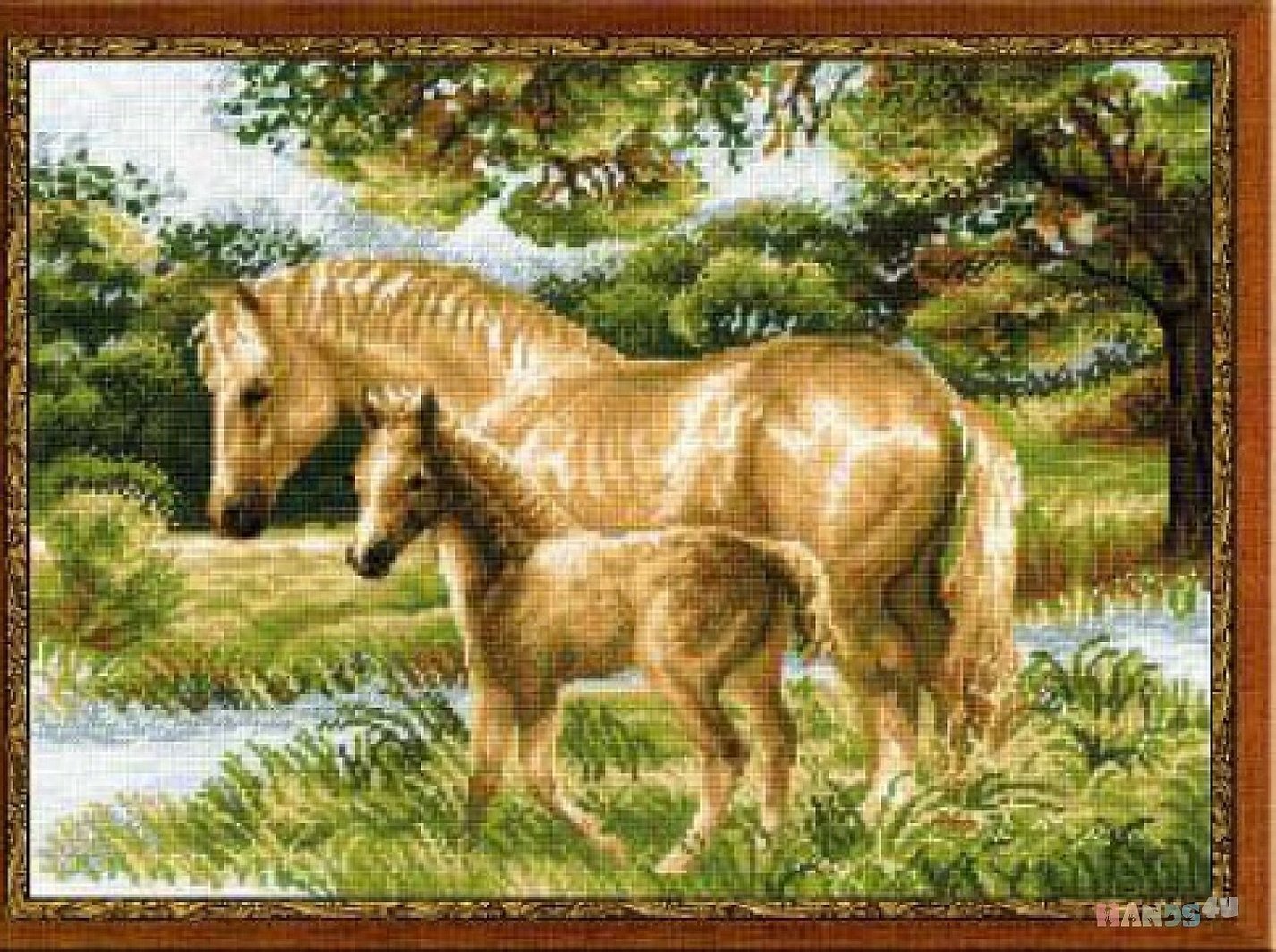
Easy and small patterns are suitable for those who first picked up a needle and thread for these purposes. Beginners can be advised to stock up on patience and train their perseverance. Nothing can be perfect the first time. This is the essence of needlework: gradually hone your skills, make more and more beautiful works, come to harmony with yourself, receiving joy and peace. Below are several simple patterns for those who have just started doing cross stitching.
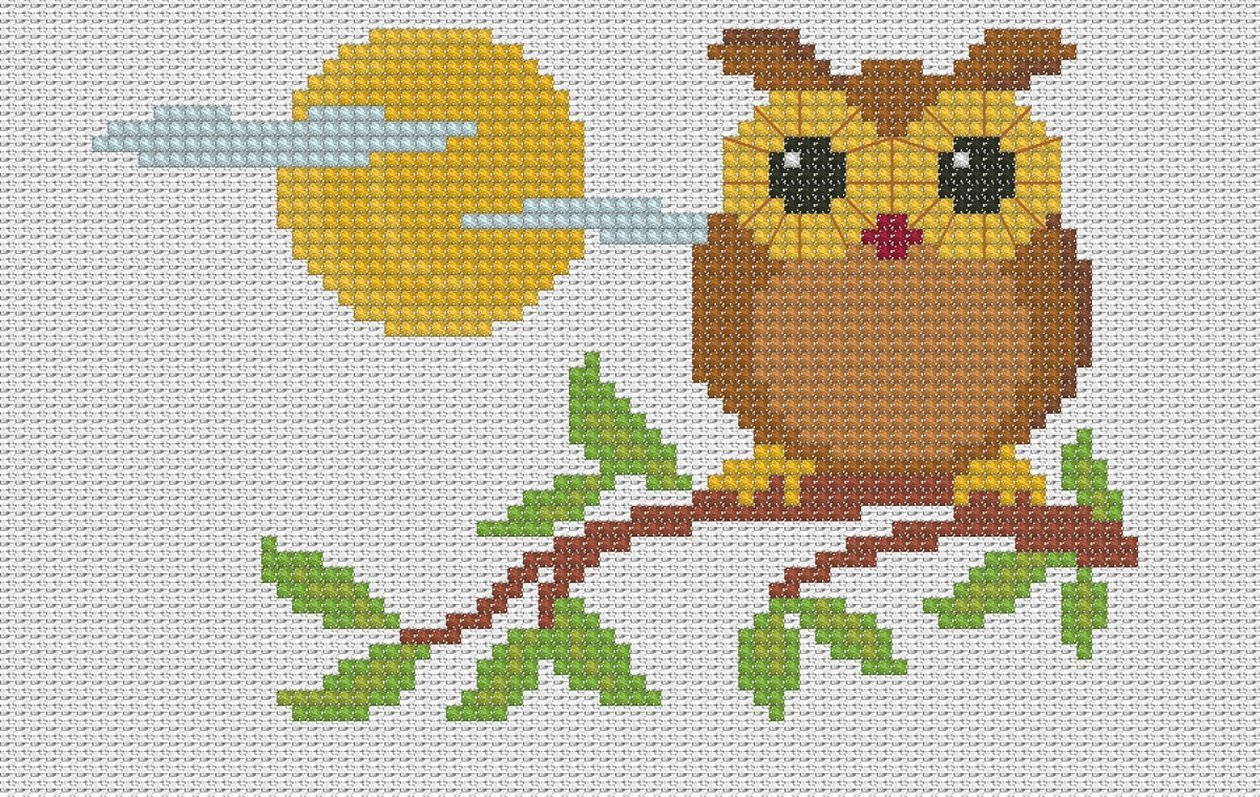
Program for working with schemes
Professionals prefer to create their own patterns. And most of them today use special programs. One of them is Pattern Maker. Thanks to it, you can not only create beautiful and individual patterns, but also edit other people's files. There is also the possibility of creating a drawing based on a ready-made picture from the Internet.
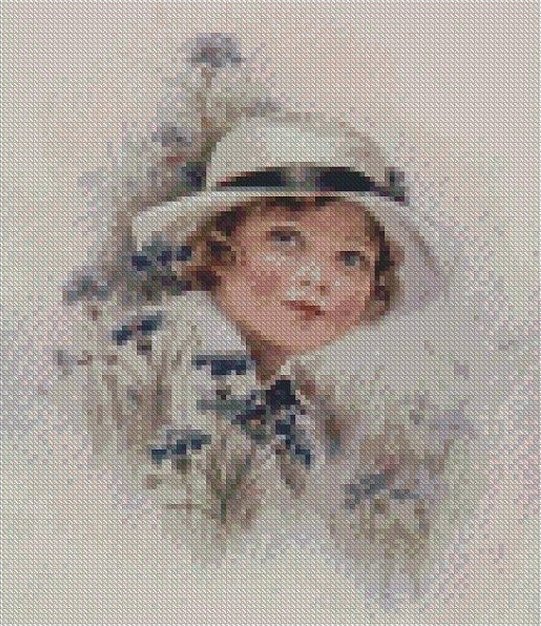
First of all, you need to create a minimum size draft, and then gradually increase the number of crosses until the desired result, clarity and volume are achieved. It is also necessary to determine the number of colors used.
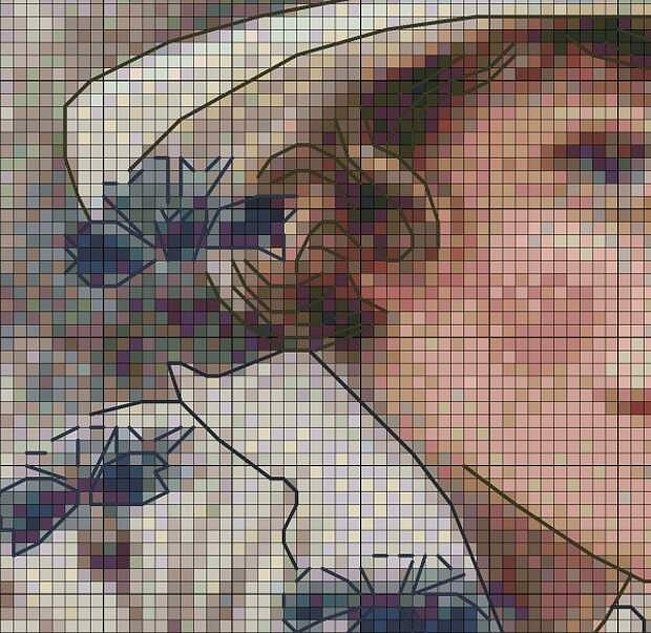
Next, the drawing is outlined with a dark line (back). There is only one rule here: the color of the back should be several tones darker than the element of the picture. For example, if it is red, the back will be burgundy, if blue, then blue. As a result, everything is removed from the drawing except the lines, which are then painted over with the same colors as the original picture, but more saturated.
Important! At the final stage, the work is checked and edited in case of errors. It is advisable to find them now, as they will subsequently lead to errors in the work.

Thus, embroidery is a useful and exciting process. Today, you can easily find a pattern to work with or even make it yourself in special programs. Kits will save you from having to waste time searching for materials and tools, and will allow you to start working right away.

